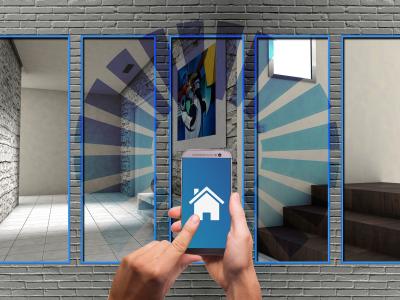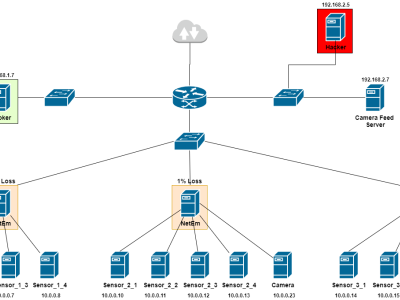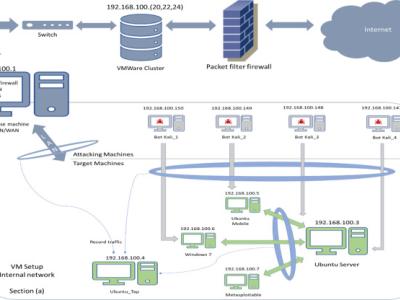Architectural Comparison of Selected 59 IoT Computing Boards

- Citation Author(s):
- Submitted by:
- Anantha Datta Dhruva
- Last updated:
- DOI:
- 10.21227/jf6q-k239
- Data Format:
 213 views
213 views
- Categories:
- Keywords:
Abstract
With the current footprint of the embedded IoT industries, there is a huge requirement to understand and analyze the existing IoT boards to provide the future IoT board manufacturers with a direction of research and development.
This datasheet contains the comparative architectural survey of 59 computing boards from the rapid prototyping industries. This dataset was collected directly from the manufacturers’ datasheet. The motivation to build this dataset is to analyze the current advancements in the IoT industries to reflect the future architectural designs of various boards.
Our surveyed IoT boards are primarily from the following manufacturers: Arduino, Raspberry Pi, Intel, UDOO, Pycom, Adafruit, Sony, BeagleBoard.org, SeeedStudio, SanCloud, Particle, MediaTek, Onion, AirThing, and Tessel, to name a few.
Instructions:
Each column provides architectural detail about a particular IoT board and its related specifications in the datasheet. In addition, a detailed description of each of the columns is provided in the following.
1. The first column has the name of the prototyping IoT board used.
2. The next column provides the name of the board design/manufacturer.
3. Processor or the controller used on the board is shown in the third column.
4. The fourth column depicts the maximum clock speed available for the primary computational facility on the board.
5. Next column presents the number of analog pins available for the rapid prototyping board. The numbering includes pins with analog sensing capability (ADC-enabled).
6. We mention the number of digital pins on the IoT board in column 6. The number includes the pins that can provide a DAC capacity, GPIO functionality, serial and parallel interface provisions, and power pins.
7. Then, we show the memory division (in KB or MB) when DRAM, SRAM, EEPROM, Flash, DDR2, and DDR3 are considered (refer to columns 7 – 12).
8. In column 13, we mention the SD card for a particular board.
9. Next, we note the information about the operating voltage of the board.
10. Year of a particular IoT board launch is mentioned in the next column.
11. Number of cores provides us with the number of processors/controllers available onboard and gives us an insight into the parallel processing capacity of the board.
12. The last column of the datasheet provides the planar spatial dimension of a particular IoT board.







